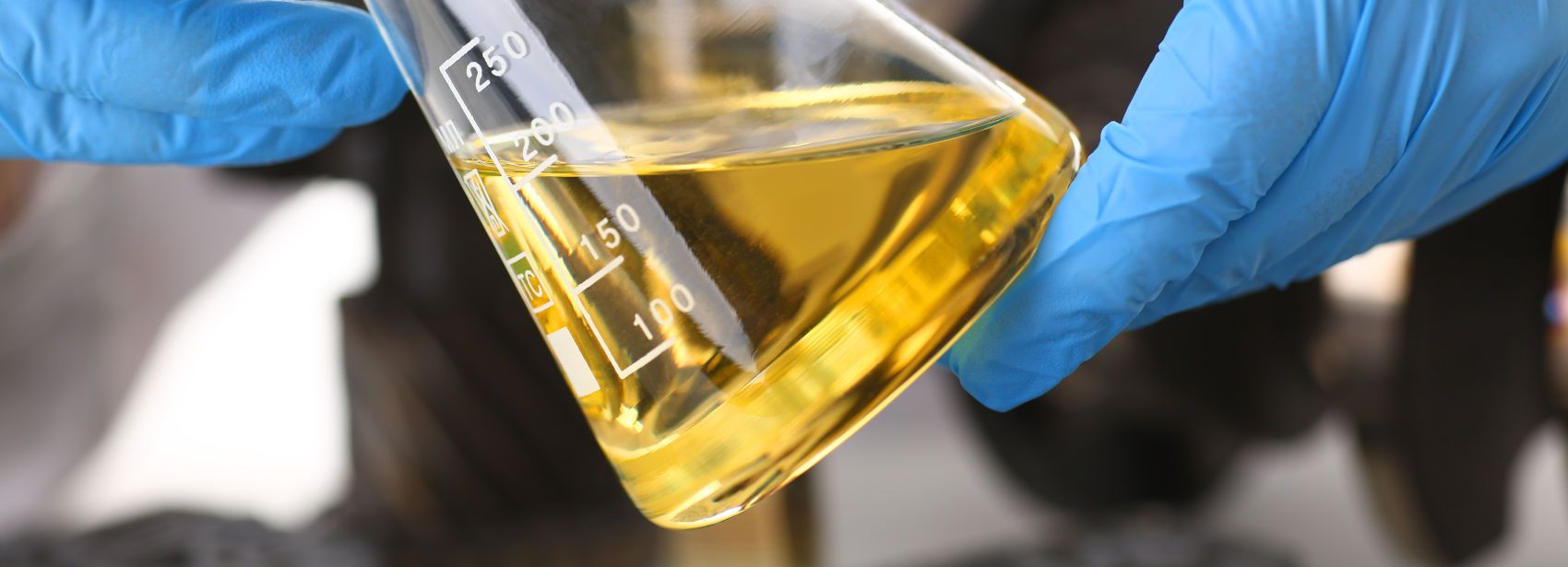
In hydraulic fluid power systems, power is transmitted and controlled through hydraulic oil under pressure within an enclosed circuit. The Hydraulic oil is both a lubricant and a power-transmitting medium.
The presence of solid contaminant particles in the oil interferes with the ability of the hydraulic fluid to lubricate and causes wear to the components. The extent of contamination in the fluid has a direct bearing on the performance and reliability of the system and it is necessary to control solid contaminant particles to levels that are considered appropriate for the system concerned.

A quantitative determination of particulate contamination requires precision in obtaining the sample and in determining the extent of contamination.
Liquid Automatic Particle Counters (APC) work on the light-extinction principle, this has become an accepted means of determining the extent of contamination. The accuracy of particle count data can be affected by the techniques used to obtain such data.
Below is a selection of common statements we hear about oil contamination - we have provided explanations below.
My hydraulic power unit is sealed so how can the oil inside become contaminated?
I've just poured new oil into my hydraulic power unit, therfore it must be clean!

The NAS 1638 reporting format was developed for use where the principle means of counting particles was the optical microscope, with particles sized by the longest dimension per ARP598. When APC’s came in to use this provided a method of analysing a sample much faster than the ARP598 method.
The ICM automatically measures and displays particulate contamination, moisture, and temperature levels in various hydraulic fluids. It is designed specifically to be mounted directly to systems, where ongoing measurement or analysis is required, and where space and costs are limited
The use of “off-line” hydraulic filtration systems has multiple benefits, allowing your hydraulic circuit to be cleaned whilst completing its daily tasks.
Working in a similar method as a dialysis machine, contamination is removed from the hydraulic fluid with the use of a built-in filtration system whilst the system is continually monitored for reductions in contamination.

Our range of portable filtration systems (pictured above) are available for either hire or outright sale. These units can be adapted to suit your requirements. Flow rate, pressure range and cleanliness levels can all be tailored to your application. Please contact us here to discuss your requirements, our friendly sales team are here to help.
Vat Reg Number: 846644204 Company Registration Number: 5230249
© Copyright 2025 Zeus Hydratech | All Rights Reserved